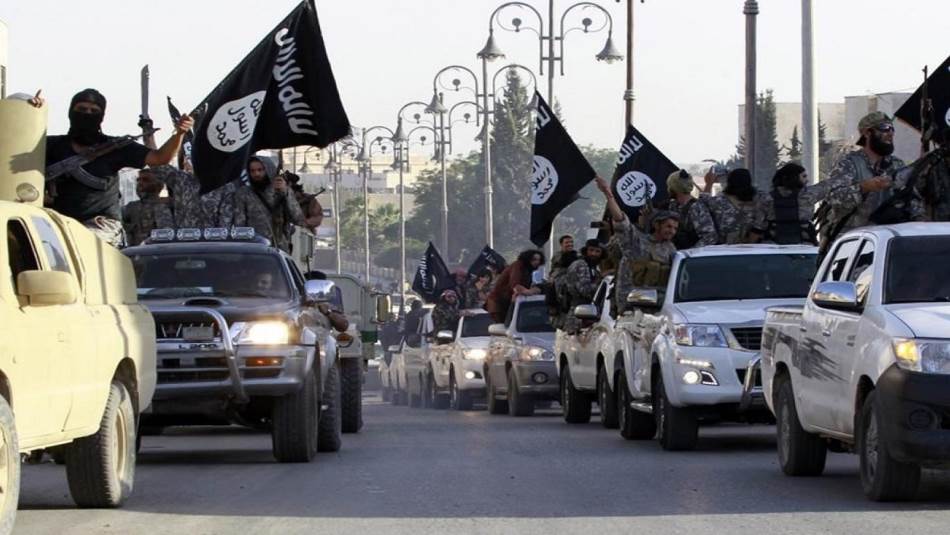The commander of Iran’s Islamic Revolutionary Guard Corps (IRGC) air force, Amir Ali Hajizadeh, disclosed the type of missiles used in the recent bombings of Idleb and Erbil. Two years ago, he had indicated that these missiles were specifically intended to target Israel.
During a video report to Maj. Gen. Hossein Salami, the IRGC Commander, Hajizadeh stated, “Everything was executed successfully. Four Khyber rockets were launched from southern Khuzestan at ISIS’s headquarters in Idleb, and an additional four rockets were fired from Kermanshah, along with seven rockets from East Azerbaijan, targeting the Zionist headquarters in Erbil.”
Establishment of a Syrian-Iranian Insurance Company, Zero Customs Between the Two Countries
The Iranian Revolutionary Guards carried out the airstrikes in the early hours of Monday, targeting locations in the outskirts of Idleb in northwestern Syria. In a brief statement, they claimed to have struck “terrorist
“Part of the punishment”: Iranian Foreign Ministry comments on the bombing of Idleb and Erbil
Fars News Agency reported: “During the attack on the Mossad headquarters, four high-ranking Mossad officials were killed. Additionally, a missile strike targeted senior ISIS leaders in Idleb , Syria, resulting in multiple casualties.”
The White Helmets stated that at 11:40 pm on Monday, four powerful explosions occurred, caused by shelling of unknown origin.
Khyber rocket: It did not reach Israel
Iran unveiled the Khyber Shaken missile in February 2022, and it was shared before the official announcement at the end of 2021 when the IRGC fired 16 missiles during military exercises. Senior army commanders described it as a warning to Israel.
Propaganda for the ballistic missile emphasized its range covering Israel. The chairman of the Joint Chiefs of Staff of Iran’s armed forces, Maj. Gen. Mohammad Bagheri, referred to it as a “long-range” strategic missile, part of the IRGC’s third-generation long-range missiles.
The revelation of Khyber was in response to Israeli threats to launch attacks on Iranian territory. The name of the missile, Khyber, carries an implicit message directed at Israel, referrring to the historic battle where Ali bin Abi Talib’s army defeated Jewish tribes near Medina.
In May 2023, Iranian Defense Minister Brigadier General Mohammad Reza Karaye Ashtiani unveiled the fourth-generation Khorramshahr ballistic missile, an advanced version of the Khyber missile. During the announcement, the new missile appeared in the background along with a large model of the Dome of the Rock in Jerusalem.
Technically, the Khorramshahr missile shares similarities with North Korea’s Hwasong-10, built on the specifications of Russia’s expired submarine-launched R-27 ballistic missile. Iran acquired the Hwasong-10 missiles from North Korea in 2005.
This article was translated and edited by The Syrian Observer. The Syrian Observer has not verified the content of this story. Responsibility for the information and views set out in this article lies entirely with the author.


